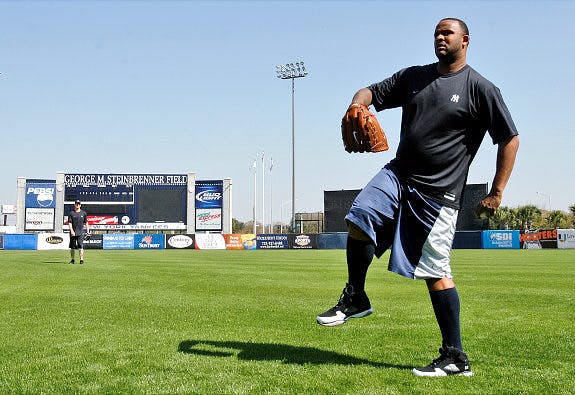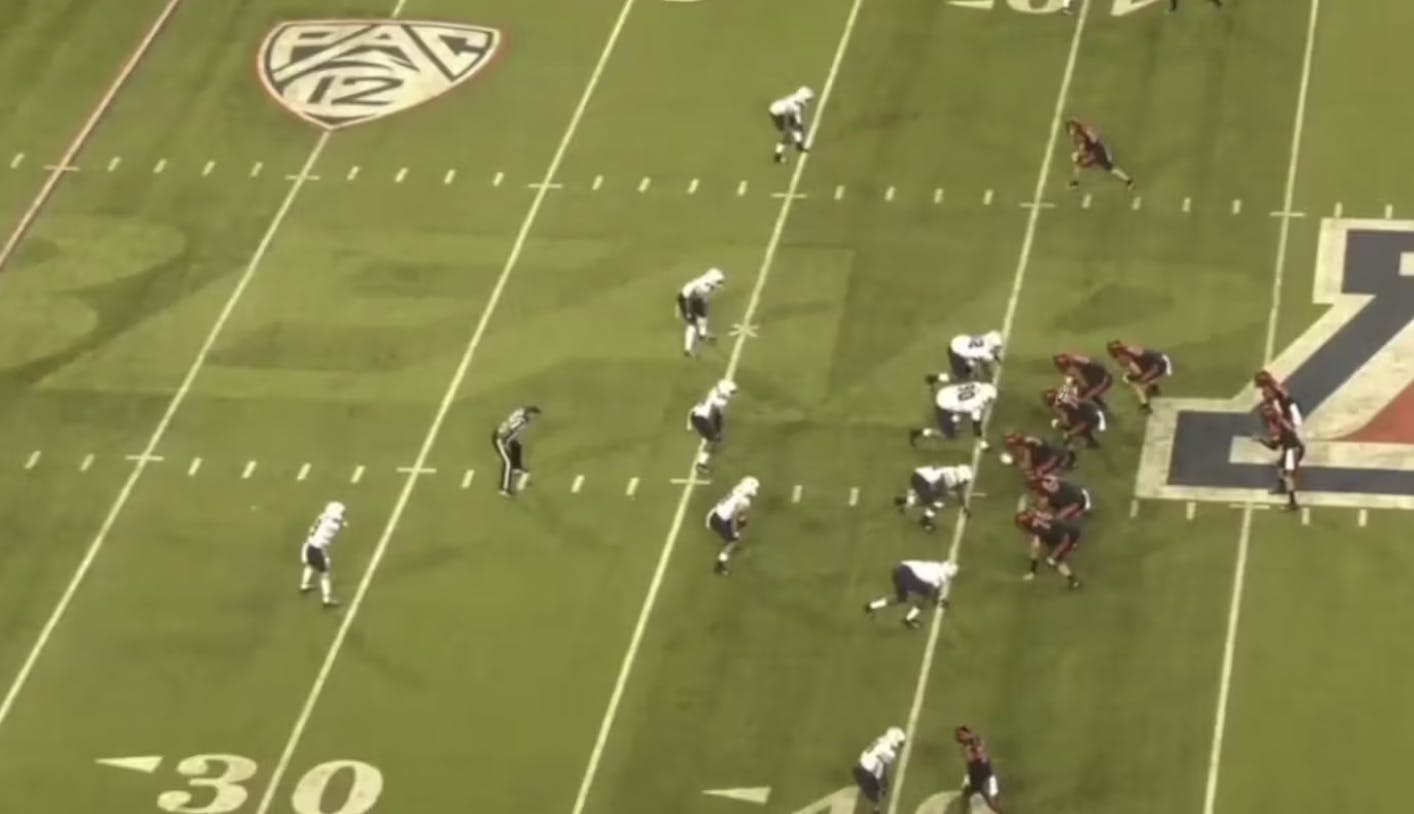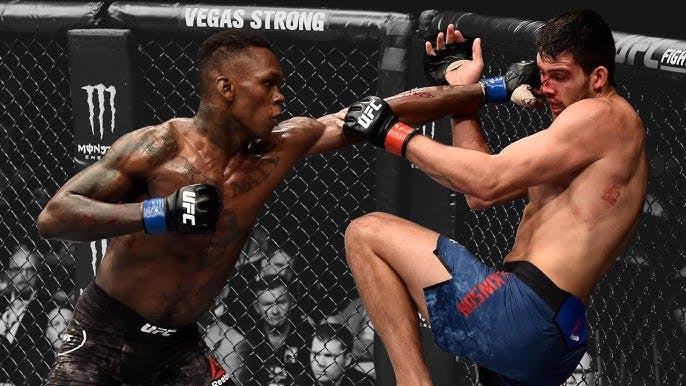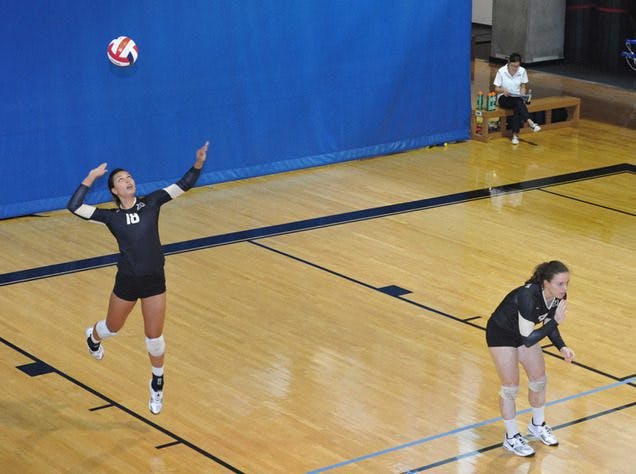Now his parents went to Jerusalem every year at the Feast of
the Passover. And when he was twelve years old, they went up according
to custom. And when the feast was ended, as they were returning, the boy
Jesus stayed behind in Jerusalem. His parents did not know it, but
supposing him to be in the group they went a day's journey, but then
they began to search for him among their relatives and acquaintances,
and when they did not find him, they returned to Jerusalem, searching
for him. After three days they found him in the temple, sitting among
the teachers, listening to them and asking them questions. And all who
heard him were amazed at his understanding and his answers. And when his
parents saw him, they were astonished. And his mother said to him,
"Son, why have you treated us so? Behold, your father and I have been
searching for you in great distress." And he said to them, "Why were you
looking for me? Did you not know that I must be in my Father's house?"
‘For he was our childhood pattern
Day by day like us He grew;
He was little, weak, and helpless;
Tears and smiles like us he knew; …
Christian children all must be
Mild, obedient, good as He.
(Cecil Frances Alexander, 1848)
It's the first Sunday after Christmas - the ‘Feast of the Holy
Family’. That’s how this Sunday is remembered in the Catholic church at
any rate, and our Gospel reading this morning does also give us a
depiction of the earthly family of Jesus during his childhood such that
it seems appropriate for us too to remember the Holy Family today.
We are of course in the midst of a series of traditional feast days
so far as Christians around the world are concerned. Two days ago we
celebrated the birth of Jesus on Christmas Day. Yesterday was the day
after Christmas, known commonly as ‘Boxing Day’, though as my father
always used to remind me it was also ‘St Stephen’s Day’ - the feast that
commemorates the brutal death of the first Christian martyr, St
Stephen. And Tomorrow is the ‘Feast of the Holy Innocents’, where we
remember Herod’s horrendous murder of the children of Bethlehem as he
attempted to kill Jesus as a young child.
Tomorrow is also, interestingly, the Islamic feast of ‘Ashura’, which
remembers the martyrdom of the prophet Mohammed’s grandson and his
family and friends. It is curious, I think, that this Christmas season
has become such a time of remembering so much brutality, and yet right
here in the middle of all the bloodshed is the Feast of the Holy Family‘
where we focus on the joys of the family home - presumably the last
place we would expect to find violence.
In truth, this does seem to me like an odd time to remember ‘The
Family’ for a number of reasons, and not only because of the way this
remembrance day is sandwiched in between the memories of so many
martyrdoms. Indeed, what struck me as most peculiar about this
particular family day is that it is the only day of the year devoted to a
focus on the family, and even then only in the Catholic end of the
church. For you get the impression from a lot of Protestant churches in
particular that the family is basically what Christianity is all about!
Take a look at just about any Protestant church building in this
country and you’ll find that their main Sunday service is promoted as
the ‘Family Service’. The Church indeed is generally recognised as the
key institution that elevates and upholds the significance of the
family, and in Western society at large ‘Christian values’ and ‘family
values’ are taken to be almost synonymous.
Go to the homepage of Fred Nile’s ‘Christian Democratic Party’ and
what does it say right at the top of the page? "Promoting Family Values
for over 28 Years"! This is fundamental to what it means to be
Christian, is it not - to uphold the place of the family in society? And
that’s why Fred urges us to resist all suggestions of the legalising of
same-sex marriages. For the god-given institution of the family must
be persevered!
In truth, ‘Christian Family Values’ are generally advocated
particularly by those who are most voacl about sticking to what the
Bible says though the irony is that the Bible actually has very little
to say about the significance of the human family, and in terms of the
childhood family of Jesus, this snippet from Luke chapter 2 is all that
we get!
That itself is surely surprising! Why do the Gospels say so little
about the childhood of Jesus? Why is there only one story in one Gospel
giving us any idea of what Jesus was like when He was growing up?
Of course I’m not including the stories that proliferated in
apocryphal literature, composed centuries after the earthly life of
Jesus. Those who have read the Gospel of Thomas - a book attributed to
the Apostle Thomas, but which is generally believed to have been written
in the 3rd Century - will remember the highly entertaining stories from
the boyhood of Jesus that are recorded there:.
At age 10 the boy Jesus supposedly saves his parents from an attack
by a lion, and at age 8 there’s the famous clay pigeons episode where
the model pigeons the boy Jesus was fashioning out of clay suddenly
turned into real pigeons and flew away!
Then there’s the story of the boy Jesus who is playing by etching
some channels in the mud and another boy comes along and mucks up the
channels with his hand. Immediately the boy’s hand withers. Another
boy plays a joke on the 6-year old Jesus by jumping on his back and he
immediately drops dead. Of course the dead boy is raised and the
withered hand is restored.
While these stories are no doubt the product of fanciful human
imaginations, their very existence highlights the paucity of the genuine
material that actually exists. Human imagination had to fill in the
blanks!
This lack of historical material is surprising enough, but what is
even more surprising is that the one genuine story that we get of the
Holy Family hardly leaves us with a pattern that we would want Christian
families to emulate!
We read it this morning in Luke chapter two. The 12-year-old Jesus
and His family are in Jerusalem. Jesus’ parents head for home,
presumably as part of a larger caravan where the boy Jesus had been left
with the other children of His own age. A day’s journey from Jerusalem
they eventually realise that Jesus, for some inexplicable reason, had
decided to stay behind!
When Joseph and Mary get back to Jerusalem they search high and low,
eventually finding the boy Jesus in the temple three days later,
dialoguing with the academics. When Mary confronts Jesus with his
behaviour and the amount of distress that he has caused to both her and
Joseph, Jesus says to her, ‘What did you expect?’ "Did you not know that
I must be in my Father’s house?"
"Christian children all must be mild, obedient, good as He", says the
songwriter. Well .. It’s not for me to judge Jesus' behaviour, but if
that incident is typical of His childhood, mild and obedient He
apparently was not!
And we needn’t pretend that this ambiguous relationship between Jesus
and His earthly parents somehow resolved itself happily as He got
older, for indeed, the examples we see of Jesus with his mother and
siblings in later life suggest that His relationship with His human
family continued to be strained
According to the story recorded in Matthew 12 and elsewhere, where
Jesus’ mother and brothers came looking for him, Jesus practically
disowned them!
"Who is my mother, and who are my brothers?" Jesus says. "And
stretching out his hand toward his disciples, he says, "Here are my
mother and my brothers! For whoever does the will of my Father in heaven
is my brother and sister and mother." (Matthew 12:48-50)
Further, Jesus’ statements about the importance of family and family
unity hardly square with those who proclaim ‘family values’:
"For I have come to set a man against his father, and a daughter
against her mother, and a daughter-in-law against her mother-in-law."
(Matthew 10:35)
And then there’s Jesus’ notorious statement recorded in Luke chapter 12:
"If anyone comes to me and does not hate his own father and mother
and wife and children and brothers and sisters, yes, and even his own
life, he cannot be my disciple" (Luke 14:26).
Now I know these verses are all open to interpretation and I don’t
believe Jesus ever really requires of us that we hate our human families
YET it has to be said that dear old Fred and his mates who represent
those Christian groups upholding ‘family values’ are going to have a
tough time showing that those values can be in any way grounded in the
teachings of Jesus.
So what do we learn from the ‘Holy Family’ on this surprising feast
day? What we seem to learn from the Holy Family in our Gospel reading
is that there’s nothing particularly holy about the nuclear family
concept as such!
I don’t know whether modern-day analysts would label the Holy Family
as ‘dysfunctional’ or not, but we do need to accept, I think, that the
relationships there were complex, strained and regularly uncomfortable.
Jesus was indeed a part of a human family and we have no reason to
believe that childhood for Him was not still a beautiful experience,
filled with all the joys and wonders we might hope to find in a family
home. Even so, Jesus, we know, was not constrained by His human family,
and His ultimately loyalties were not to his earthly parents.
What sort of childhood pattern this leaves our children, and what
sort of parental pattern this leaves for us who would raise children I
do not know, but I do see in this depiction of the Holy Family a
de-emphasising of the ultimate significance of the human family unit and
a recognition of the fact that however powerful the relationship might
be between parent and child, it is not the most important relationship
in life for either parent or child!
In the end our children must learn to deal with God on their own
terms just as we who are parents have to. In the end, no matter who we
are and no matter how closely we are bonded to our earthly families, we
each need to recognise first the Parenthood of God and the ultimate
claim of God upon our lives.
This all sounds rather negative and family unfriendly and frankly
un-Christian! Even so, while the de-emphasising of the nuclear family
may be painful, the flip-side of this is an emphasis on the
all-encompassing Parenthood of God that makes us a part of a far greater
and more inclusive family - one that includes all sorts of persons to
whom we are not related by blood but with whom we are nonetheless united
through our spiritual bond through of our Heavenly Father.
This is the family of faith that ultimately transcends our earthly
families as the place where we find our true identity and spiritual home
- a family that includes peoples of all races, cultures and languages, a
community where we can reach out to one another and embrace each other
truly as sisters and brothers, whether we be black or white or male or
female or rich or poor or young or old or gay or straight or righteous
or unrighteous.
This is the new holy family that God is forming - a truly inclusive
family where all are accepted, all are appreciated for their uniqueness,
and all are loved, just as our Heavenly parent loves each one of us.
"For He was our childhood pattern", yet in truth, it is a difficult
pattern for us to emulate either as children or as adults. For from the
first, what Jesus models for us is a refusal to be constrained by
conventional family concepts and values as He follows God. Dare we
follow this pattern? Dare we expose our children to this pattern? It
could mean the end of any quiet, happy family life, though of course it
could also be the start of something far more exciting?




















